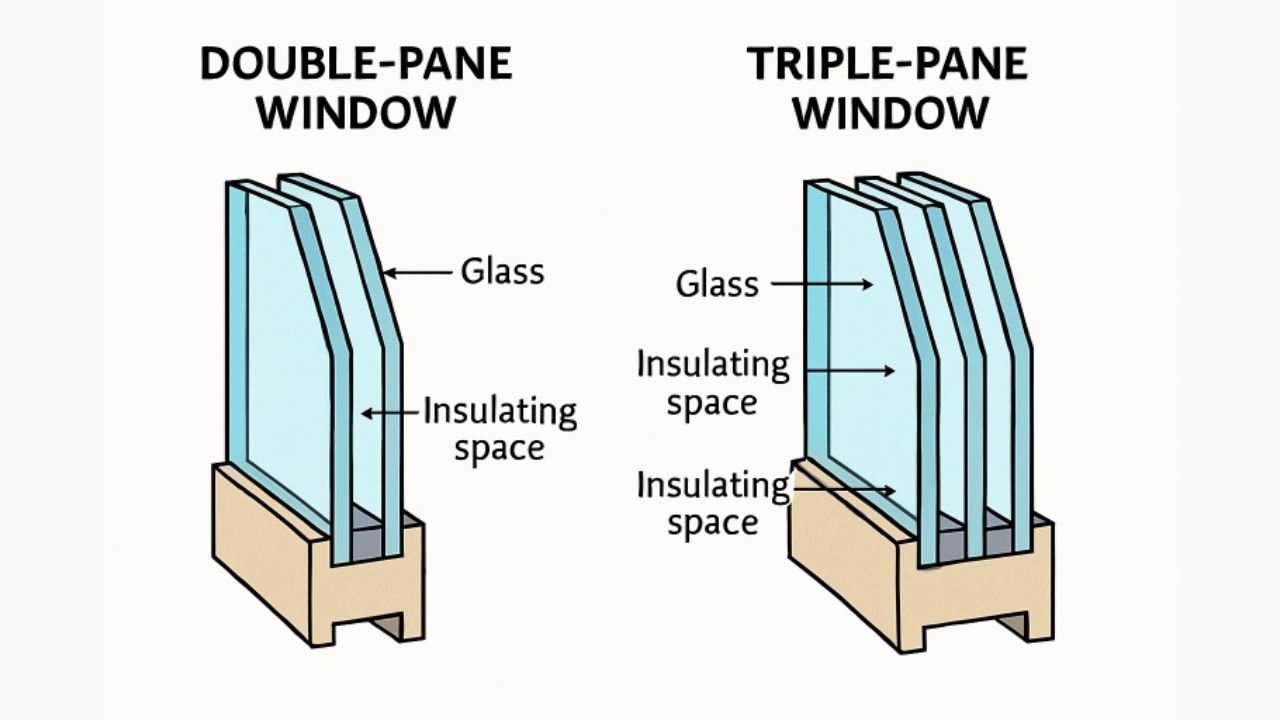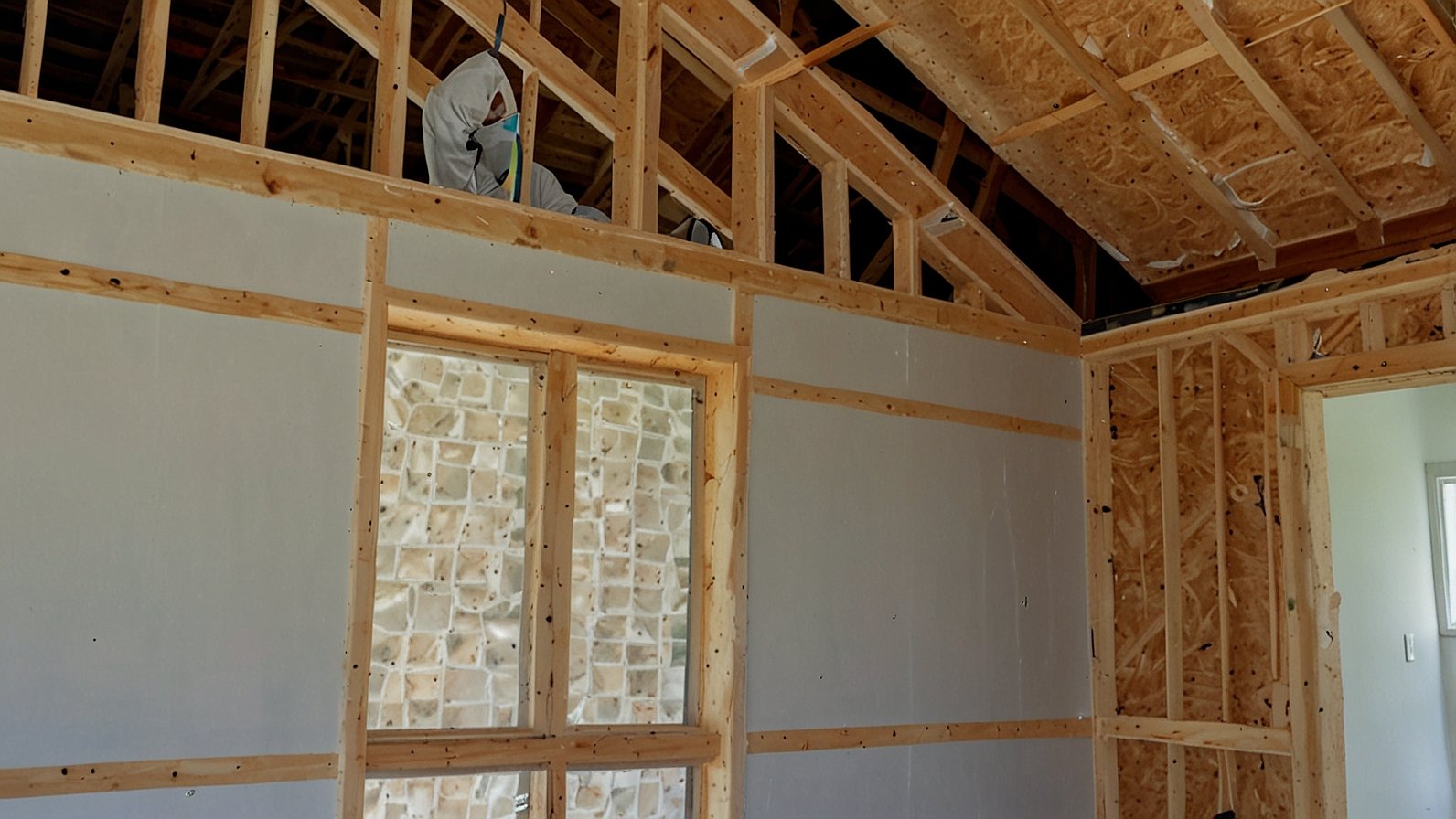Renovating a kitchen is an exciting project, but it also comes with its own set of challenges, especially when it comes to plumbing. A kitchen renovation isn’t just about aesthetics; it involves careful planning to ensure that the plumbing system works efficiently for years to come. Whether you’re moving appliances, upgrading sinks, or installing a new dishwasher, understanding the basics of kitchen plumbing can save time, money, and stress. Here are the top kitchen plumbing tips to ensure a seamless renovation.
1. Plan Your Layout Carefully
Before any plumbing work begins, plan the layout of your kitchen. Consider the placement of sinks, dishwashers, refrigerators, and water filtration systems. Key points to consider include:
- Sink Location: Place your sink in a convenient spot for food prep and cleaning. Ideally, it should be near the dishwasher and main countertop workspace.
- Dishwasher Placement: Dishwashers should be adjacent to sinks to simplify water supply and drainage connections.
- Water Supply Access: Ensure that all major appliances have easy access to water supply lines.
Planning ahead reduces the need for complex rerouting of pipes and helps avoid costly mistakes.
2. Hire a Professional Plumber
Kitchen plumbing involves precise work that requires expertise. Hiring a licensed plumber ensures that all installations meet local building codes and function efficiently. Professionals can:
- Assess your existing plumbing and identify potential issues
- Install or relocate pipes safely
- Recommend durable materials and fixtures
For residents in Etobicoke, working with an experienced professional like http://www.thegreatplumbingco.com/etobicoke-plumber/ ensures reliable installation and peace of mind.
3. Check Existing Plumbing
Before renovating, inspect your current plumbing system for wear and tear. Common issues to watch for include:
- Leaking Pipes: Even small leaks can lead to water damage over time.
- Corroded or Old Pipes: Outdated materials like galvanized steel may need replacement.
- Low Water Pressure: May indicate blockages or pipe damage that needs attention before adding new fixtures.
Identifying and addressing these problems beforehand prevents future plumbing headaches.
4. Upgrade to Quality Fixtures
Choosing high-quality kitchen fixtures not only improves functionality but also reduces maintenance costs. Consider:
- Sinks: Stainless steel and composite sinks are durable and resistant to stains and scratches.
- Faucets: Opt for faucets with long-lasting finishes and features like pull-out sprays or touchless activation.
- Garbage Disposals: Invest in a reliable disposal unit that matches your usage needs.
Upgrading fixtures during a renovation is easier than replacing them later, and it enhances the overall look of your kitchen.
ALSO READ: How New Cabinets Can Boost Your Home’s Value
5. Plan for Proper Drainage
Effective drainage is critical for any kitchen. Poor drainage can lead to standing water, unpleasant odors, and even mold growth. Tips for optimal drainage include:
- Slope Pipes Correctly: Drain pipes should slope downward slightly to encourage proper flow.
- Install Vent Pipes: Proper venting prevents slow drainage and gurgling sounds.
- Use Quality P-Traps: P-traps prevent sewer gases from entering your kitchen while ensuring smooth drainage.
A well-planned drainage system improves efficiency and prevents long-term issues.
6. Consider Water Efficiency
Modern kitchens benefit from water-efficient fixtures that save both money and resources. Look for:
- Low-Flow Faucets: Reduce water usage without compromising performance.
- Water-Saving Dishwashers: Energy-efficient models use less water per cycle.
- Aerators: Simple faucet attachments that reduce water flow while maintaining pressure.
Incorporating water-saving solutions during a renovation ensures sustainability and long-term savings.
7. Allow for Appliance Connections
Modern kitchens often include multiple water-dependent appliances, including:
- Dishwashers
- Refrigerators with ice makers or water dispensers
- Coffee machines or water filtration systems
Make sure each appliance has an accessible and properly installed water supply line. Planning connections in advance prevents the need for unsightly hoses and complicated retrofits.
8. Plan for Future Maintenance
Accessibility is key when it comes to plumbing maintenance. Consider these tips:
- Install Shut-Off Valves: Place valves near sinks and appliances for easy water control in emergencies.
- Leave Access Panels: Ensure that key plumbing connections are reachable without removing cabinets.
- Label Pipes: Labeling hot and cold water lines can simplify repairs and reduce errors.
Planning for future maintenance reduces the risk of costly repairs and downtime.
9. Use Durable Materials
The choice of materials affects the longevity of your plumbing system. Common durable options include:
- PEX Pipes: Flexible, resistant to corrosion, and easier to install than traditional copper pipes.
- Copper Pipes: Long-lasting and reliable for hot and cold water lines.
- PVC or CPVC: Affordable options for drainage and venting systems.
Investing in high-quality materials ensures that your plumbing withstands the test of time and frequent kitchen use.
10. Don’t Forget Electrical Safety
Kitchen plumbing is closely related to electrical safety because water and electricity can be a dangerous combination. Tips include:
- Ensure that outlets near sinks have ground-fault circuit interrupters (GFCIs)
- Keep electrical connections away from water lines and potential leak points
- Hire licensed electricians for any work involving appliances or wiring
Safety should be a top priority when combining plumbing and electrical systems in a renovation.
11. Test Everything Before Closing Walls
Before finishing walls, floors, or cabinets, test your plumbing thoroughly:
- Check for leaks at all connections
- Test water pressure for each fixture
- Ensure proper drainage in sinks, dishwashers, and appliances
Identifying issues before closing walls saves significant time and expense in the long run.
12. Plan for Professional Inspection
After installation, having a licensed plumber inspect your work provides an additional layer of assurance. A professional inspection confirms that:
- Pipes are properly connected and sealed
- Fixtures function correctly
- All plumbing meets local building codes
Inspection ensures that your kitchen renovation is safe, functional, and compliant with regulations.
Conclusion
Kitchen renovations are exciting, but they require careful planning to ensure that plumbing systems function efficiently. From assessing your current plumbing and planning your layout to upgrading fixtures, ensuring proper drainage, and considering water efficiency, attention to detail is essential. Proper planning and professional guidance prevent costly mistakes, reduce stress, and ensure a smooth renovation process.
For residents looking for reliable and professional plumbing support in Etobicoke, consulting a trusted plumber like http://www.thegreatplumbingco.com/etobicoke-plumber/ can make all the difference. With expert advice, high-quality materials, and proper installation, you can enjoy a seamless kitchen renovation and a fully functional, beautiful space for years to come.
YOU MAY ALSO LIKE: Veganov Trichy: Where Flavor Meets Planet Love in the Heart of Tamil Nadu










